The Vardanyan family, gold, and lobbying How money laundered out of Russia
A few years ago, a scandal erupted around the Russian investment company Troika Dialog, which went down in history as the Troika Laundromat. This investment firm created a complex system of dozens of offshore companies. Through firms set up in the names of strawmen, billions of dollars were laundered out of Russia between 2006 and 2011, including funds of criminal origin. These funds were used to purchase real estate in Spain, the UK, and Montenegro, pay for education in private schools or medical treatment in private clinics, as well as buy airplanes, yachts, and works of art. The owner of this company, as we remember, was Ruben Vardanyan, who is currently on trial facing charges of torture, mercenarism, violations of laws and customs of war, terrorism, financing terrorism, and other articles of the Azerbaijani Criminal Code. However, as will become clear from today's publication, Vardanyan's activities extended far beyond Troika Dialog.
In November 2022, the U.S. Department of the Treasury officially confirmed that Solway Investment Group (SIG), a private international mining and metallurgical group based in Switzerland, is linked to the Russian Federation. This conclusion came as a result of an investigation by the Office of Foreign Assets Control (OFAC), a division of the U.S. Treasury, which accused SIG of several violations — ranging from large-scale environmental crimes and corruption in Guatemala's mining sector to aiding in the spread of Moscow's influence following the start of the war against Ukraine.
Sanctions imposed under the Global Magnitsky Act targeted two group employees and seven of its subsidiaries operating in Guatemala. This move by Washington marked the beginning of closer scrutiny of the holding's activities, whose operations had long expanded beyond Latin America, in fact covering a much broader range of interests.
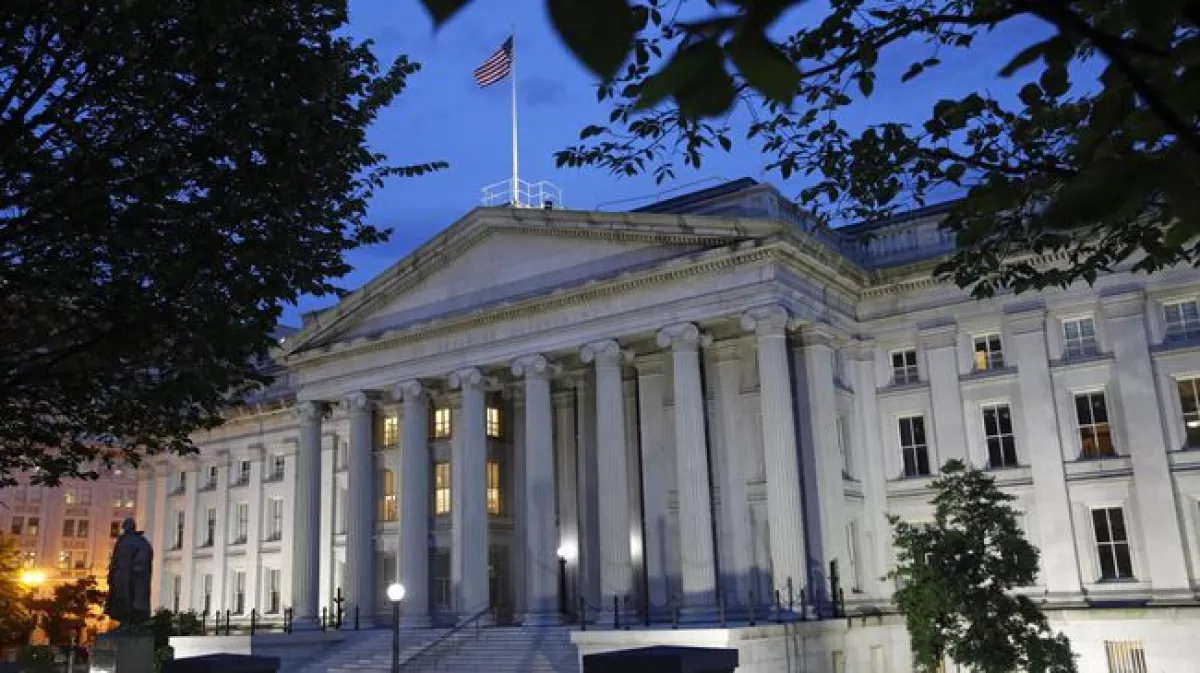
Within just a few months, the situation further developed. In March 2023, a group of 65 journalists from 20 leading international media organisations revealed the results of an extensive investigation into the structure and activities of Solway Investment Group. The international project Mining Secrets, carried out by the Forbidden Stories platform, uncovered large-scale financial operations: companies linked to Solway transferred nearly two billion dollars from accounts that had drawn the attention of regulators due to suspicious transactions.

Additional details about the scale of these operations were also published by the Canadian organisation Democracy Watch.
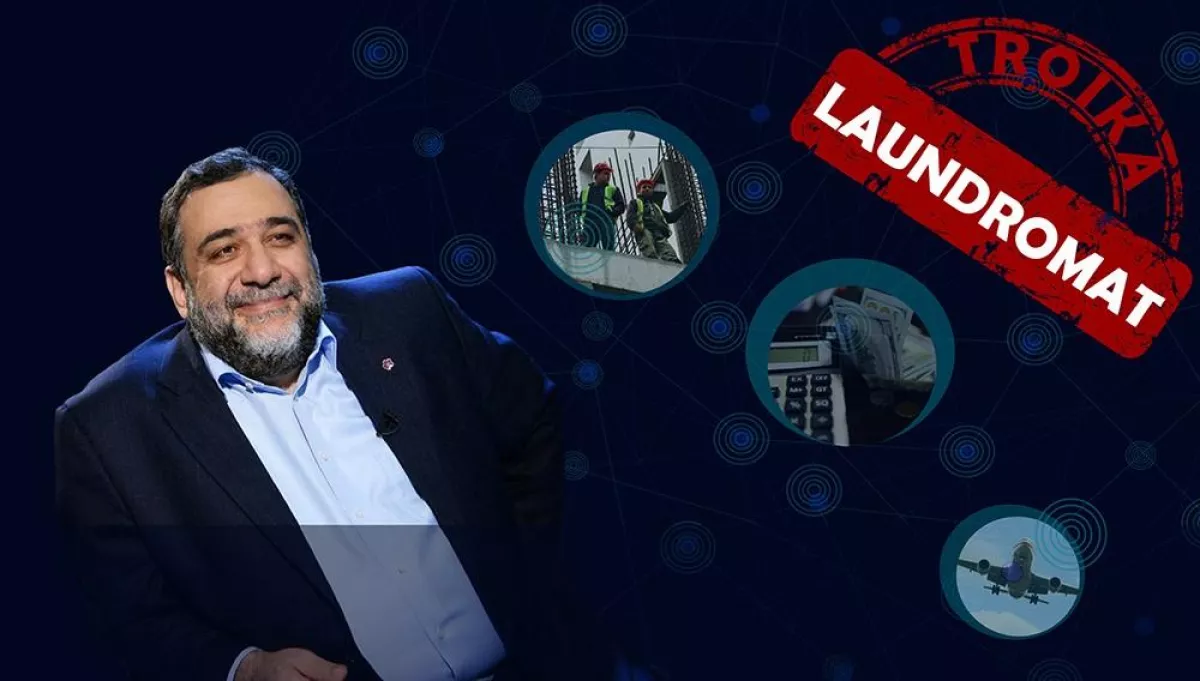
Special attention from journalists was drawn to 23 companies affiliated with Solway, whose actions showed all the signs of laundering large sums of money. Notably, the identified transactions resembled mechanisms previously described in the scandalous exposure of the Troika Laundromat scheme — one of the largest cases of hidden capital outflows from Russia through shell companies and Western banks, as we mentioned at the beginning of the article. However, unlike the previous high-profile scandal, this time the focus was not on the structure of the transactions themselves, but directly on the Solway group, while its connection to Troika remained in the background of this investigation. This division was not accidental. It was the result of a subtle reconfiguration of tools to bypass international restrictions and, at the same time, the emergence of new players capable of taking on some of the previous functions. The scale of the leak, which formed the basis of the investigation, also speaks for itself: according to data from Distributed Denial of Secrets, journalists gained access to more than 4 terabytes of internal documentation, correspondence, and files related to the activities of the Solway group.
Against this backdrop, a particularly telling transaction took place in the summer of 2022. It was in June of that year that the Armenian company Far East Gold, which had not been previously mentioned anywhere, suddenly acquired assets in Russia from Solway. This was reported by both Armenian and Russian media outlets. At first glance, it seemed like a routine business deal. However, the first details pointed to its questionable nature. The legal entity that made the purchase had been registered with the Armenian Ministry of Justice just a month before the transaction was finalised, and after that, no signs of real activity — including an office, staff, public reports, or interaction with regulators — were recorded. Thus, this appeared to be a fictitious structure created for a specific purpose: to provide a formal way for Solway to exit under the growing pressure from the U.S. and the EU.
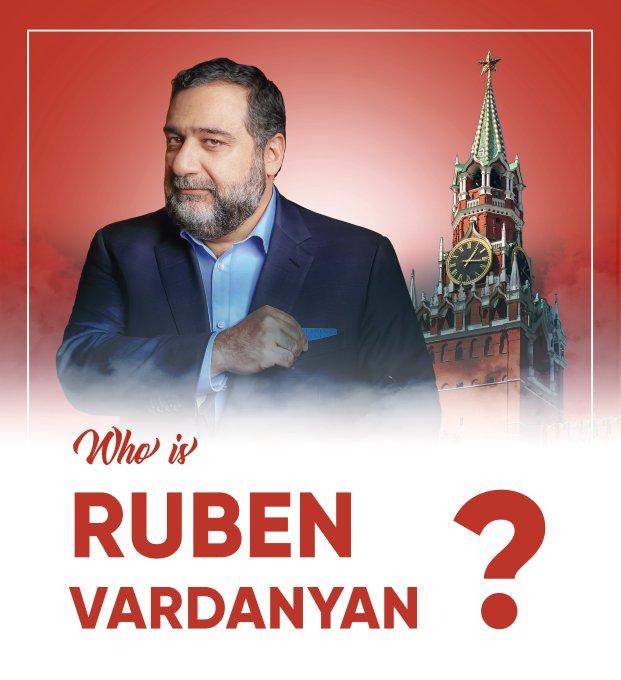
An additional layer of interest surrounding this transaction is the fact that in September 2022, just two months after the sale of the assets, Russian oligarch Ruben Vardanyan — well-known for his connections within Russia's power structures and financial capital — renounced his Russian citizenship and announced his move to Khankendi, where he took up the position of "state minister" of the grey zone. From that point, he began to shape a new political biography aimed at creating the impression of complete independence from Moscow. His biography, as well as his business and political connections, are thoroughly examined in a piece by War-Proekt.Media. The timeline of events suggests otherwise: the connection between the sale of Solway assets, the registration of the "paper" company in Armenia, and Vardanyan's sudden migration is too consistent to be coincidental.
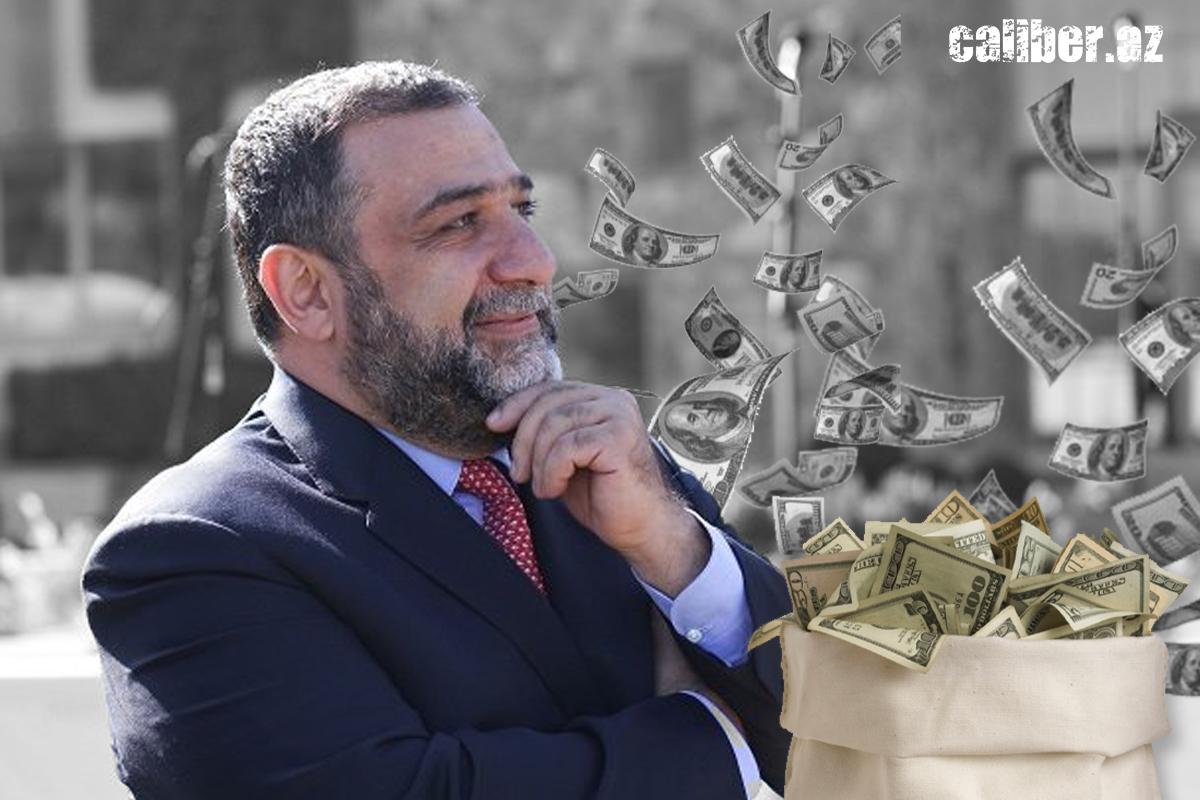
Another telling point is the sharp increase in Armenia's gold imports from Russia amidst the aforementioned events. According to an investigation by The Insider, between 2022 and 2024, Armenia imported 89 tons of Russian gold worth over 5 billion dollars — more than 20 times the usual volumes. These figures, published by Hetq.am, support the assumption that the fictitious deal with Far East Gold could have been just part of a broader scheme to launder and legalise capital.
Additional confirmation of this connection comes from data in the OpenSecrets database — an American resource that tracks lobbying activity and political donations. According to the published information, in 2024, Solway Investment Group turned to Perseus Strategies, a company owned by Jared Genser, and signed a contract for $20,000. This move appears quite unusual, given that the company had previously relied on much more influential and expensive lobbying groups. Even more telling was the synchronicity of this action — at first glance, a coincidence, but in reality, a sign of coordination: in the same year, David Vardanyan, the son of Ruben Vardanyan, also employed the same lobbyist. Their names, placed side by side in the OpenSecrets database, further underscore the coordination between Solway and the Vardanyan family.
Looking at the situation retrospectively, it becomes clear that Far East Gold was neither an autonomous nor a random business player in this scheme. This structure, created just a month before the major deal, showed no signs of real activity and was most likely used as a proxy tool — a temporary legal shell that allowed Solway to formally distance itself from its Russian assets while keeping them within the orbit of the original owners. The entire sequence of events — the company’s registration, the swift transfer of assets, Ruben Vardanyan’s renouncement of Russian citizenship, and his move to Khankendi — points to a carefully orchestrated strategy to evade sanctions pressure. Vardanyan, who had spent decades embedding himself in Russia’s financial and political elite, suddenly assumed the role of the so-called "state minister" in a separatist entity. This shift, though seemingly abrupt, was, in reality, a continuation of his previous tactics — now under the cover of a new political facade.
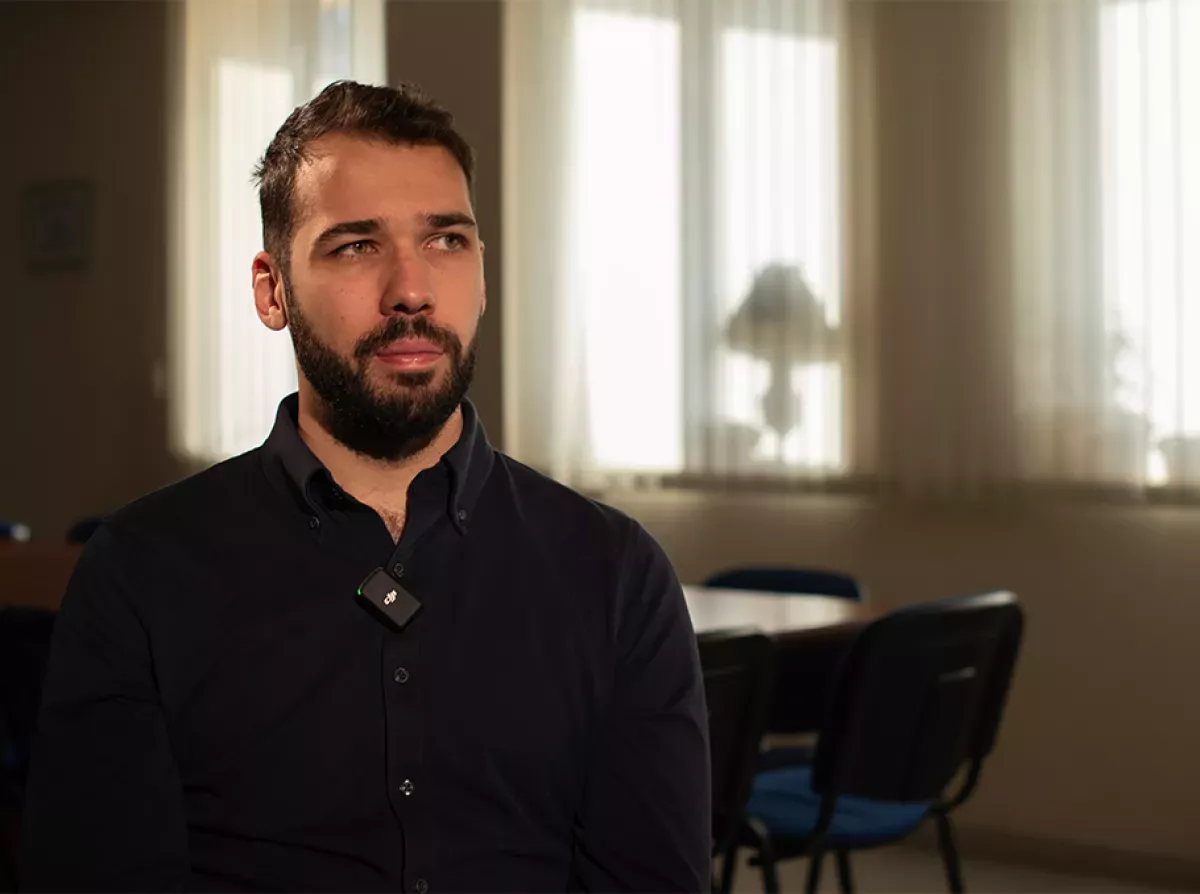
The fact that both Solway Investment Group and David Vardanyan turned to the same American lobbyist, Jared Genser, in the same year cannot be considered a coincidence. Especially given that the amount paid by Solway was surprisingly symbolic for a structure that had previously worked with some of the world's largest lobbying firms. This detail only emphasises that the goal was not only to seek political support but also to formally cover up legal traces and signal "distance" from Moscow. At the same time, the key figures involved in these actions — the same "old friends" from the days of the Troika Laundromat — remained in the shadows, continuing to operate through networks of shell companies, auxiliary funds, and trusted intermediaries.
The figure of Ruben Vardanyan, around whom all the key elements of this scheme converge, can no longer be viewed as an element of coincidence, caught "at the wrong time, in the wrong place." He is an active participant in a multilayered strategy where politics, finance, and legal structures intertwine into a unified system. It is through such intermediaries that the transfer of old Russian capital into new jurisdictions takes place. Public reputation, humanitarian initiatives, and the narrative of "rebirth" allow such figures to bypass formal sanction lists and gain legitimacy on new platforms. Yet behind the facade of a new biography, the same game continues — with the same assets, the same allies, and the same goals. Thus, the story of Far East Gold is not an isolated incident but rather part of a larger and more resilient system in which old mechanisms organically adapt to new conditions. As long as figures like Vardanyan continue to manoeuvre between jurisdictions, lobbying structures, and shell companies, this system will perpetuate itself — regardless of political rhetoric, sanctions pressure, or declarations of fighting against shadow capital flows.








